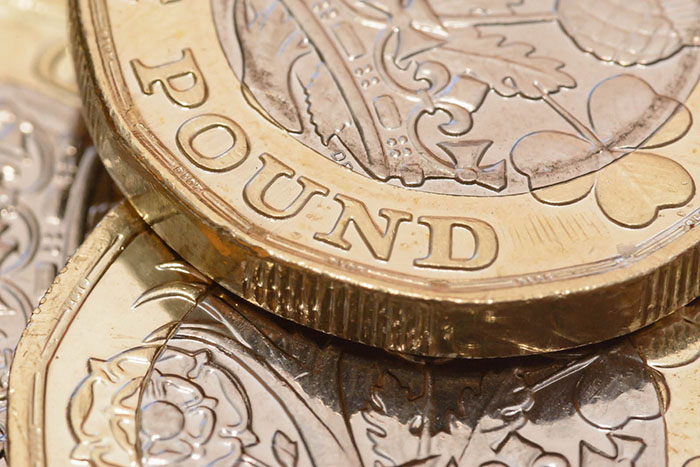The government launched the Recovery Loan Scheme (RLS) on the 6 April 2021 to help businesses recover from the Covid-19 pandemic. We discussed the RLS criteria and how a RLS loan differs to various other Covid support measures when the scheme was first published – see here. The government extended the scheme in January 2022 by six months and making some technical changes to the criteria. Details of those changes are summarised here. The overriding purpose of RLS did not change in January 2022, however – the RLS remained a Covid support measure, with applicants needing to demonstrate that their business would be viable but for the pandemic and is/was adversely impacted as a result of the pandemic.
The government announced recently that the RLS has been extended by a further two years to 30 June 2024. The features and eligibility criteria are broadly the same with the government continuing to guarantee 70% of the loan made to the relevant borrower. However, there are some key differences in RLS “phase 3” when compared to RLS “phase 2”. These are:
Phase 2 (up to 30 June 2022) | Phase 3 (from 1 August 2022) |
|---|---|
Personal guarantees cannot be requested for a loan of less than £250,000 and are capped at 20% of the outstanding facility for loans of £250,000 or more | Personal guarantees are now allowed for facilities of all sizes |
Declaration that the borrower’s business had been impacted by Covid | Most businesses do not have to declare a Covid impact |
The £2,000,000 limit for RLS borrowing includes any existing CBILS facilities | CBILS and RLS facilities offered before 30 June 2022 do not affect the maximum amount that can be borrowed after that date |
In order to provide loans under the RLS, banks must confirm that they would not be able to provide finance to the business on their normal commercial terms (or that they would do so at a higher interest rate). The RLS should therefore be seen as an extension of a lender’s product range rather than a scheme to access the benefit of the government guarantee for a bank’s existing non-RLS lending products.
The latest phase of RLS indicates that the scheme is moving away from Covid recovery and towards general support for businesses. Rising inflation and other increased costs resulting from, among other things, global conflict, supply chain issues, staff shortages, escalating food prices and volatile oil prices has piled even more financial pressure onto many companies so the changes to the scheme will provide welcome support for those businesses. The two year extension could also indicate that this type of government support might become more permanent (as previous extensions were limited to six months at a time and were linked only to Covid).
In our previous commentary, we noted that the take up of the RLS by borrowers had been low. We have seen this trend continue even though there are now more than 80 accredited RLS lenders. It will be interesting to see if the changes to the scheme and the current economic climate will result in increased RLS usage in the coming months and whether the scheme could be here to stay as a permanent credit offering for UK businesses.

 Andrew Dodds
Andrew Dodds Laura Burge
Laura Burge